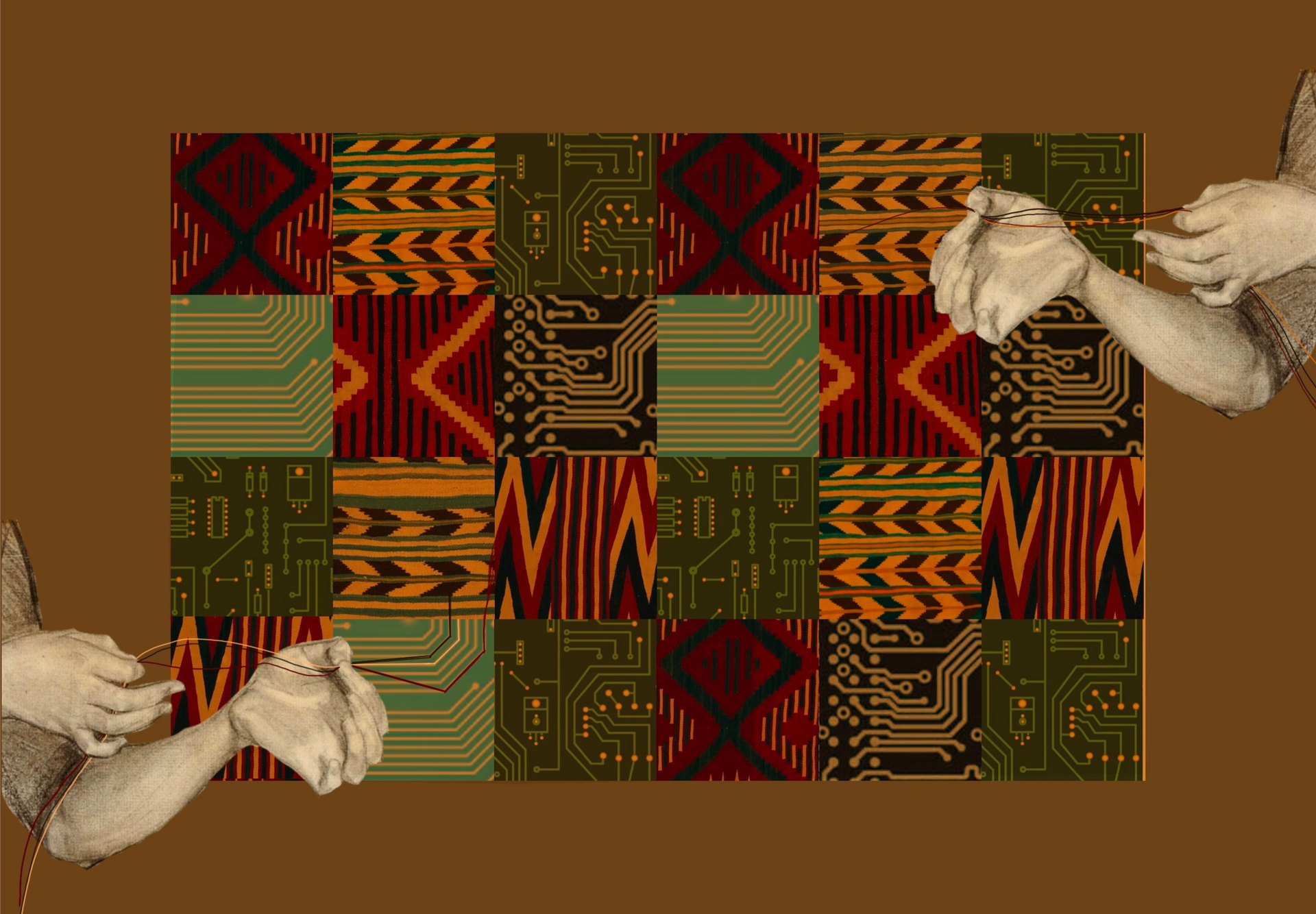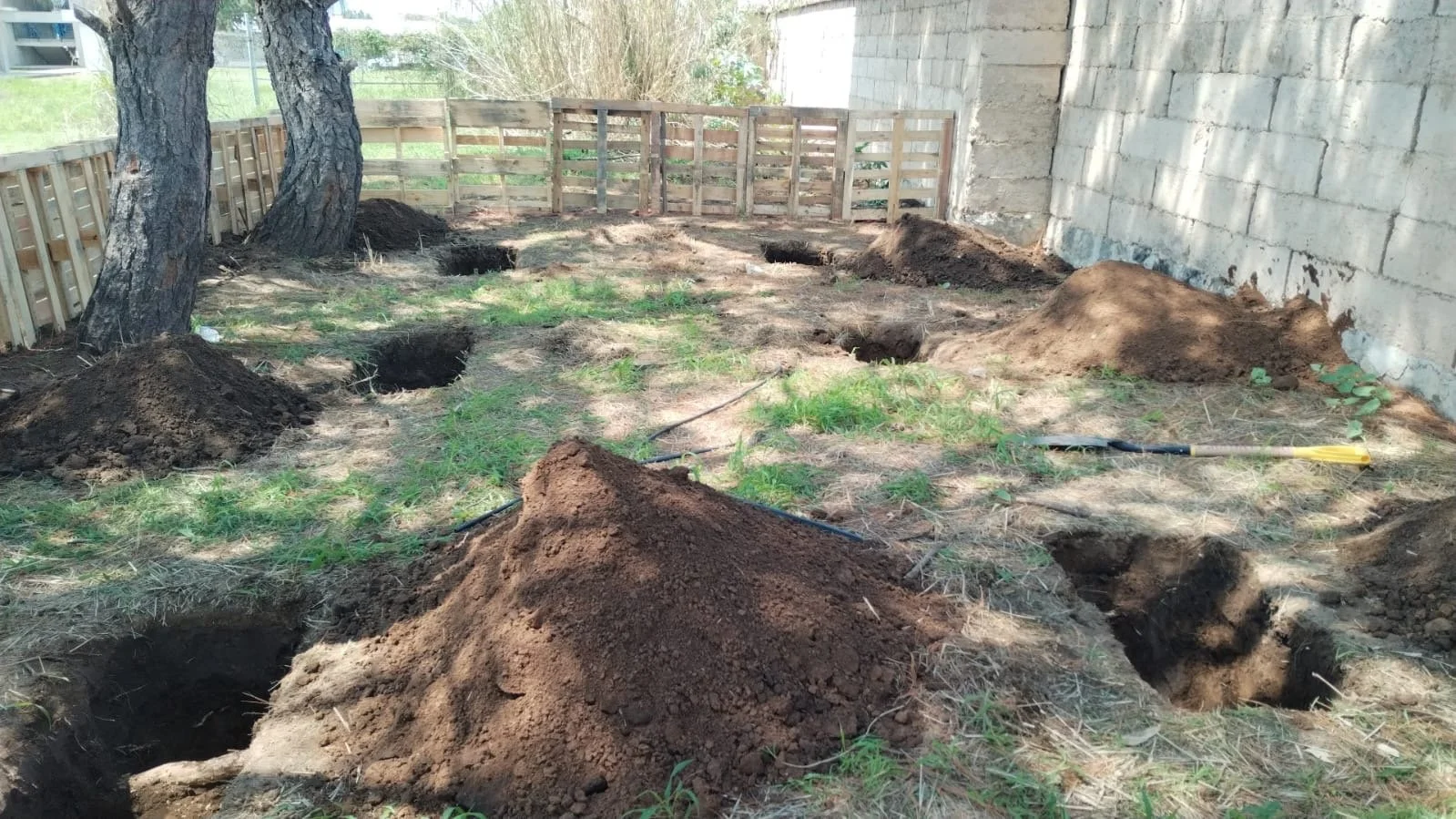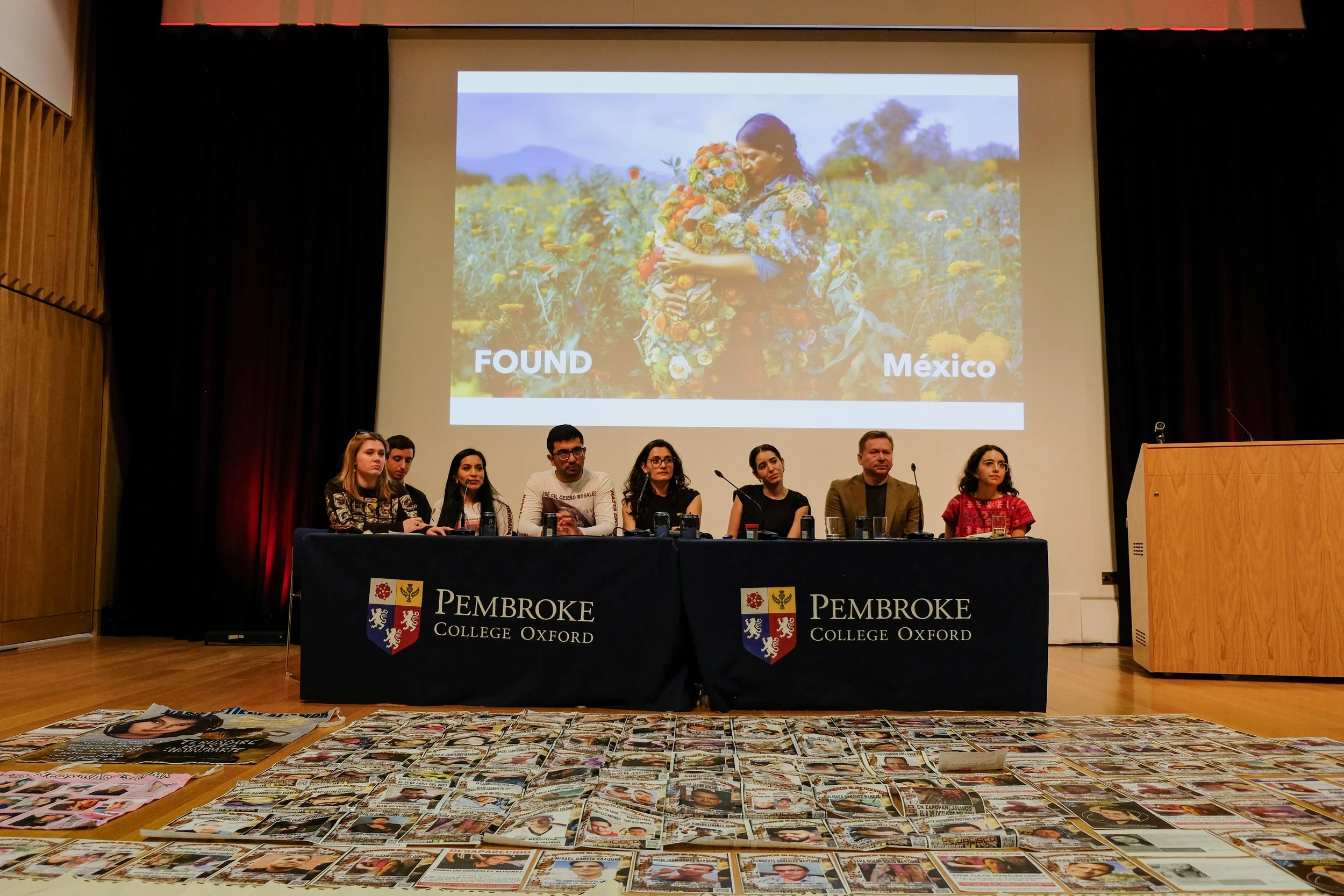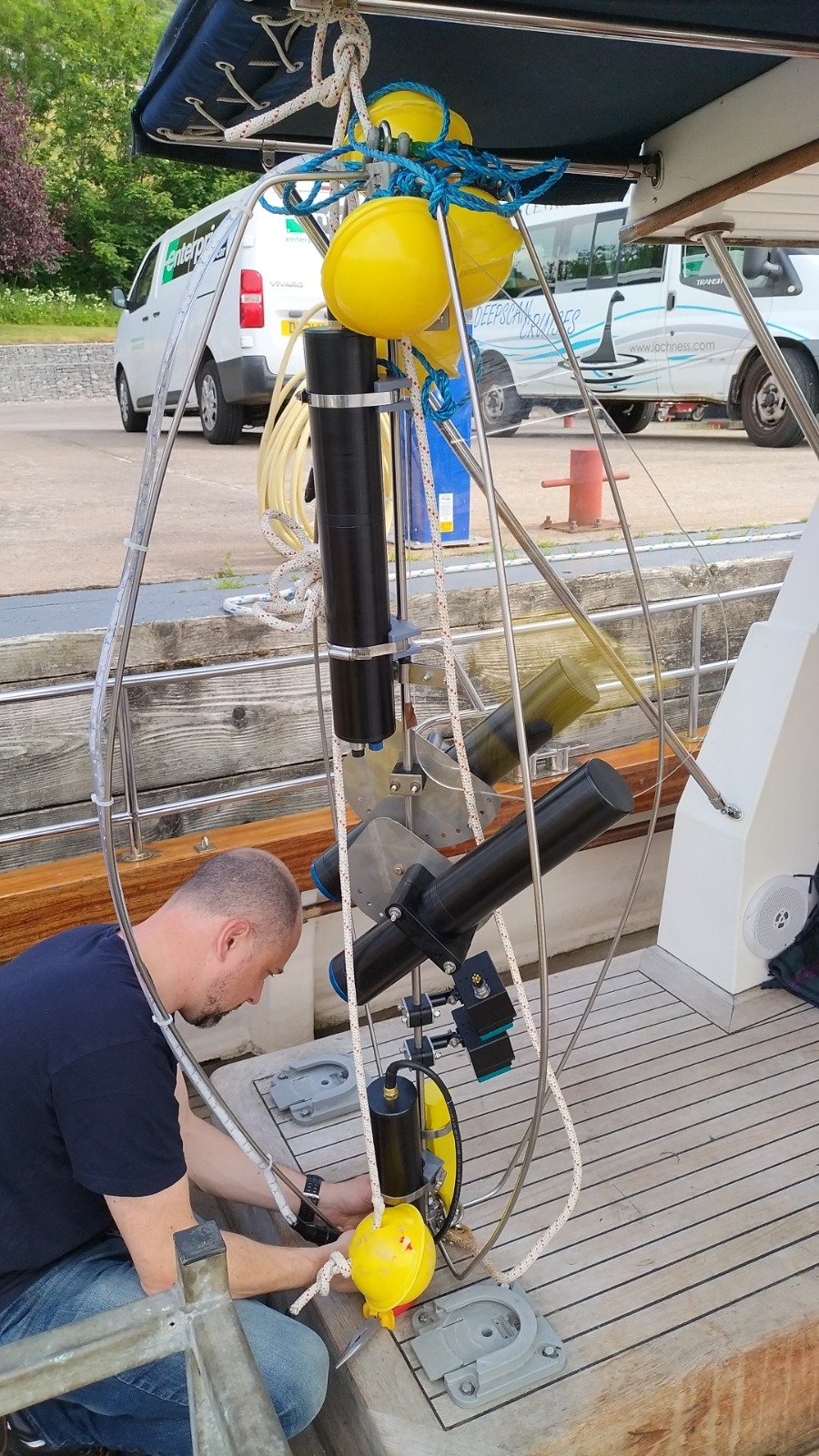Monitoring biodiversity with frontier sensing technologies
THE QUESTION
Can we gather better data on insect biodiversity with the help of sensing technologies and AI?
LOCATION: Kenya and Uganda
SECTOR: Nature and Biodiversity
TECH: AI and Internet of Things
TIMELINE: September 2024 - March 2025
PIONEER: Emmy Chirchir, Robina Abuya
PARTNERS: UKCEH
The Challenge
Biodiversity is declining at an alarming rate. One WWF study found vertebrate wildlife populations have dropped by an average of 69% in just 50 years. Insects—essential to ecosystems as pollinators, nutrient recyclers, and food for other animals—have seen a 75% decline in biomass over the past 27 years.
Excessive pesticide use, habitat destruction, invasive species, and climate change drive this crisis. Yet, the problem is compounded by a lack of reliable data, especially in the Global South, where biodiversity is highest but monitoring is most limited. Without this data, it’s hard to understand the scale of the problem or take action to reverse it.
We need new tools to close this knowledge gap and better understand how biodiversity is changing.
The Idea
This pilot will make use of systems that are already showing success to test and showcase the effectiveness in Kenya and Uganda, where biodiversity is rich but understudied.
The system, known as AMI+ (Automated Monitoring for Insects), combines cameras, acoustic sensors, and AI-powered data analysis. AMI+ builds on earlier technology developed by the UK Centre for Ecology and Hydrology (UKCEH), designed to track nighttime flying insects using imaging.
The system processes data in real time with AI models and cloud-based platforms, delivering insights into insect populations and overall biodiversity. Now, a mini version of AMI+ is being developed to be more affordable and suitable for remote, less accessible areas.
The latest version adds powerful features like:
Recording audible and ultrasonic sounds to monitor birds and bats.
Sending data remotely using telemetry.
Providing automated system health checks.
Using solar, battery, or mains power for flexibility in diverse environments.
This pilot aims to:
Fill knowledge gaps: Generate new data on insect biodiversity in two highly biodiverse regions.
Showcase technology: Demonstrate how advanced sensing tools can improve monitoring efforts.
Support conservation: Provide critical insights to guide conservation efforts in regions where data is scarce.
By bringing advanced technology to the heart of the biodiversity crisis, this project hopes to better understand—and ultimately help reverse—the devastating decline in insect populations.
Our learnings and stories so far
Explore related pilots
Curious about how frontier technologies are impacting nature and biodiversity? Read about our other pilots in this sector 👇🏽























The tiny tweaks, big-time losses and moments that lead to better solutions for those who need them most.